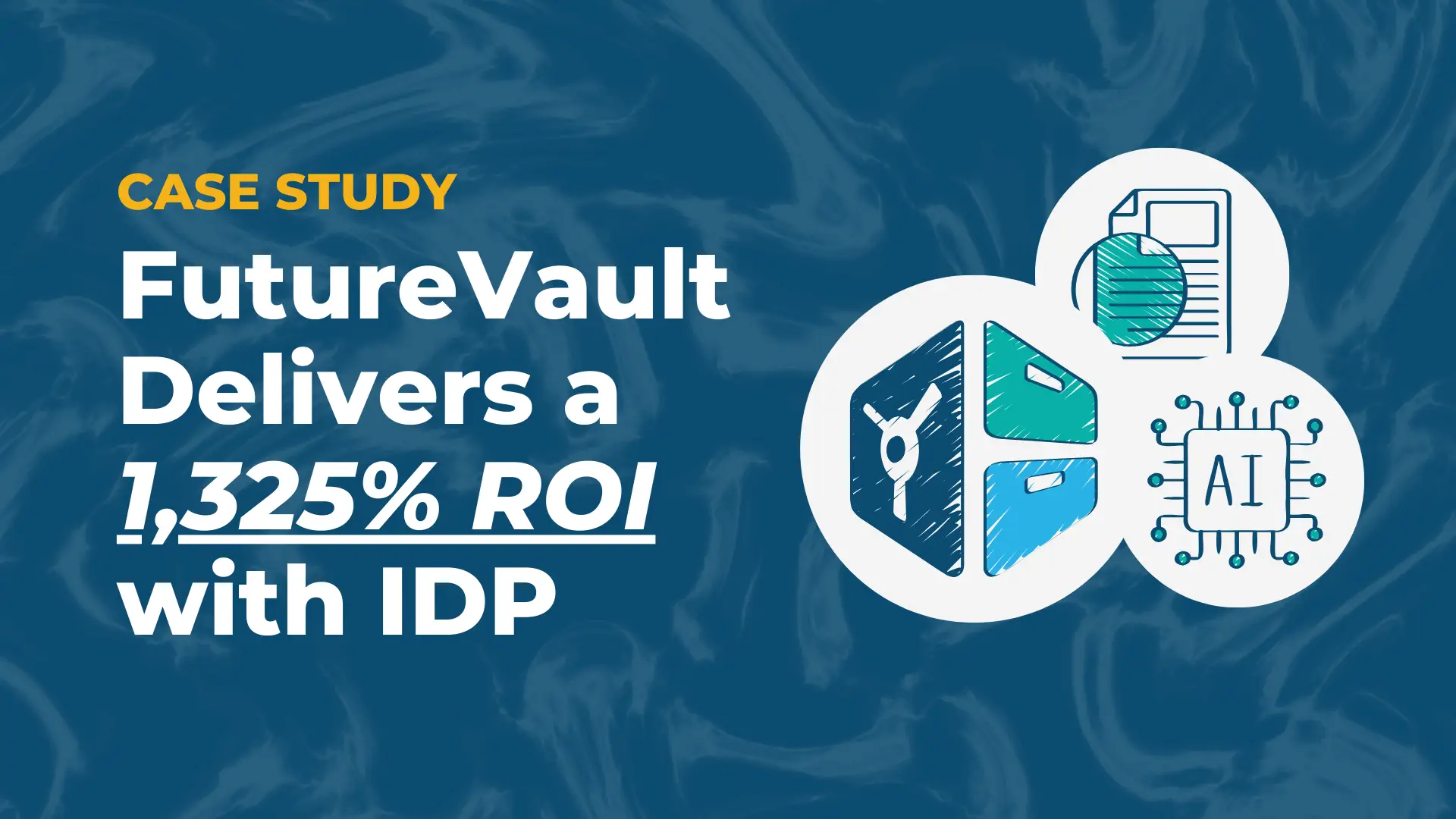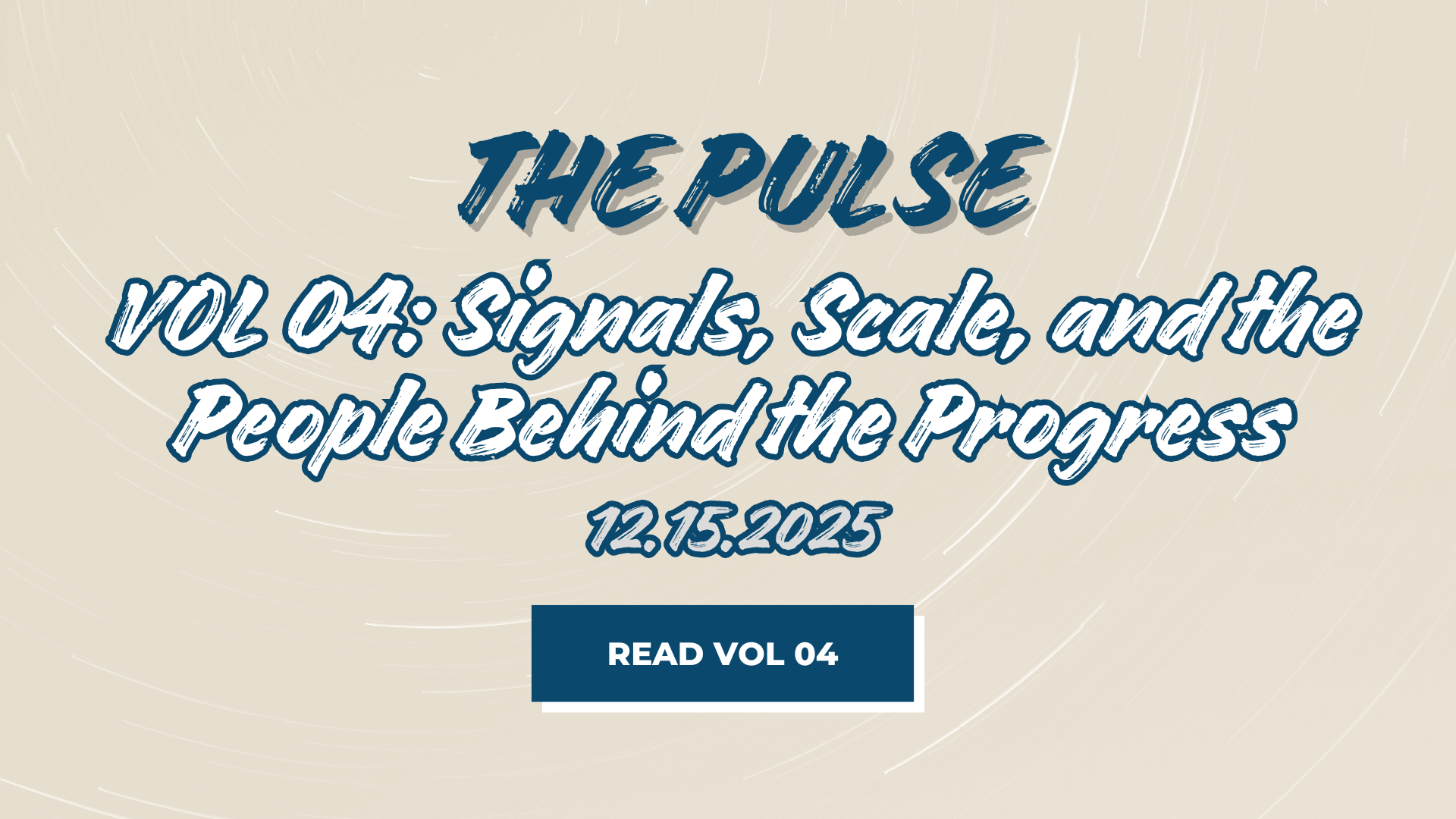The traditional approach to document management in financial services and wealth management is not only outdated and flawed but comes with a handful of challenges for firms and advisors.
When you stack up the list of challenges, it’s easy to see that they result in very inefficient workflow, a resource drain on human capital, poor client and household experiences, compliance and data privacy concerns, and ultimately make it difficult for firms to scale.
Four Fundamental Flaws with Managing Documents Today
While numerous challenges (flaws) exist with the traditional approach and current systems implemented, there are four in particular that are quite prominent and have negative impacts on the firms and advisors that are still relying on them.
- Traditional document management is built for one function or level within an organization
- Traditional document management disregards the needs of the client
- Traditional document management requires effort and is cumbersome
- Traditional document management lacks visibility and compliance oversight by head office
Let’s quickly unpack these four flaws along with how they are causing very significant capacity and scale challenges for institutions and firms.
1. Focuses on only one function or “level”
It’s not uncommon for traditional document management systems to focus on providing value to one function or ‘level’ of an organization; usually, that ends up being either a back-office and compliance focus or on the advisor.
This results in a very disconnected document handling workflow across front, middle, and back-office teams along with key stakeholders and third parties involved in the process chain, ultimately leading to significant professional time spent handling unnecessary manual tasks.
We’ve also seen many instances where several different document management solutions are being used by different teams and levels of the organization as a result.
2. Doesn’t deliver value to clients and family members
A major challenge, which is quite the oversight, is that the needs of the investor (client) are almost always either ignored entirely or are just an afterthought.
This results in a less-than-optimal experience when it comes to accessing, managing, and protecting personal and financial information for clients.
FutureVault Founder and Exec Chairman, G. Scott Paterson, recognized this as an opportunity, which eventually lead to the genesis of FutureVault and the Personal Life Management Vault™.
3. Requires manual intervention and is time-consuming
Many of the current “solutions” for managing advisor and client documents require support from key staff, including advisors, client services associates, and back-office teams to manually deliver, sort, file, and manage documents.
Ultimately, this means valuable professional time is being spent on manual, cumbersome, and inefficient work that can and should be otherwise spent working on the business and importantly, with clients.
4. Lacks visibility and compliance oversight
Last but certainly not least, from a compliance perspective, Head Offices and Broker-Dealers often lack visibility and the compliance oversight needed to know how, where, when, and what types of documents are being stored, shared, accessed, and managed at any given time of the day.
Not only does this cause friction and create a tremendous amount of work for back office teams, but this can create significant challenges and headaches during regulatory audits and reviews.
The Future of Document Management for Wealth Management
Here at FutureVault, we’re paving the way for the future of document management in financial services and wealth management. A modernized approach where document handling workflows are synchronized and connected across the organization, where systems are integrated, where automation and AI play a role, and importantly where investors, clients, and families benefit from the ability to easily manage their personal life via a Personal Life Management Vault™.
FutureVault Chief Technology Officer, Luke Kyleman, shares some of his thoughts in the video below about what the future of document management looks like for firms and advisors, along with a few of the many ways we’re solving for the current, time-consuming, outdated approach.
Fortunately, we’ve been able to identify the many challenges mentioned above, enabling and positioning us to build a unique and innovative approach to managing documents and the processes that they’re involved with through a multi-tiered solution where all constituents involved — front, middle, and back-office teams, along with clients and households – benefit and gain tremendous value.
Interested in learning more? We’re ready to talk and take you through how our award-winning, industry-leading platform is successfully helping firms and their advisors save significant time and money, and deliver an elevated digital client experience for the generations of today and tomorrow.





